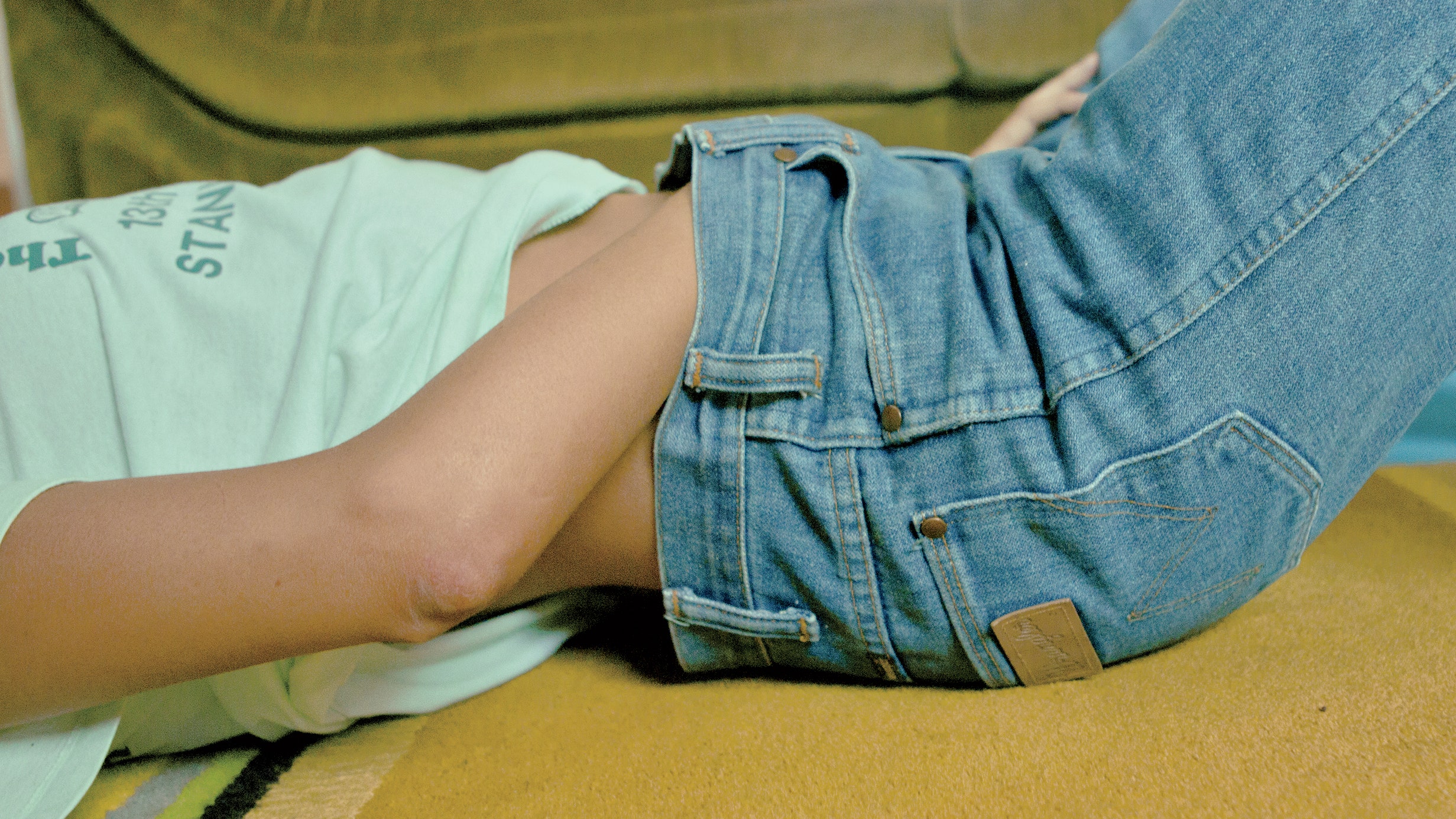Try to count the examples of female-centric sex scenes in films, where a woman’s desire leads the encounter, where a woman achieves orgasm. Try hard. Chances are, you haven’t filled an entire hand. In film, sexuality and desire are still mostly coded as male.
“Women feel desire all the time; it’s just not represented in film,” says Sarah Barmak, author of Closer: Notes From the Orgasmic Frontier of Female Sexuality. “Sexy women have been a building block of cinema since the silent era, but women’s experiencing pleasure or, God forbid, an orgasm in film, is much more rare…. Mainstream film is a reflection of the language our culture has around sexuality. In the narrative now, men push sexual encounters forward, and women are the objects of sexual desire.” Or as director Dee Rees sums it up: “A woman’s pleasure is always framed as her submission.”
The studios founded what is now the Motion Picture Association of America in 1922; its ratings board self-regulates movies in lieu of government interference. Most films that get released in theaters are rated by a panel of primarily anonymous reviewers—all of them parents—who Joan Graves, chairman of the ratings board, says are representative of America. Filmmakers aim for PG-13 or R ratings (the more explicit NC-17 limits audience size and financial success). The board has one rule around sexuality: “Any sex-related nudity is usually an R rating,” says Graves. But otherwise, she says, “there are no written guidelines.”
Critics of the ratings board say it has a double standard—favoring male pleasure over female, heterosexual sex over same-sex sex (which Graves denies). “I don’t see them as evil, but I don’t see them as trying to change anybody’s mind, either,” says Jon Lewis, distinguished professor of film studies at Oregon State University, who has studied the ratings board. “They are a reflection of American values.”
And the ratings process impacts what makes it to screen. Let’s start in 1999: That year, two first-time female directors put out boundary-breaking films about female sexuality and faced pushback. Director Jamie Babbit says the ratings board suggested she trim down a fully clothed masturbation scene in her comedy But I’m a Cheerleader, about a teen who goes to gay rehab. (She made edits so that she could receive an R rating.) “It’s very discouraging,” she says, “when you’ve made a movie to target women like yourself so they can feel OK about their bodies and about themselves, and you basically get told, ‘Actually, we don’t want to let them know any of this is OK.’”
